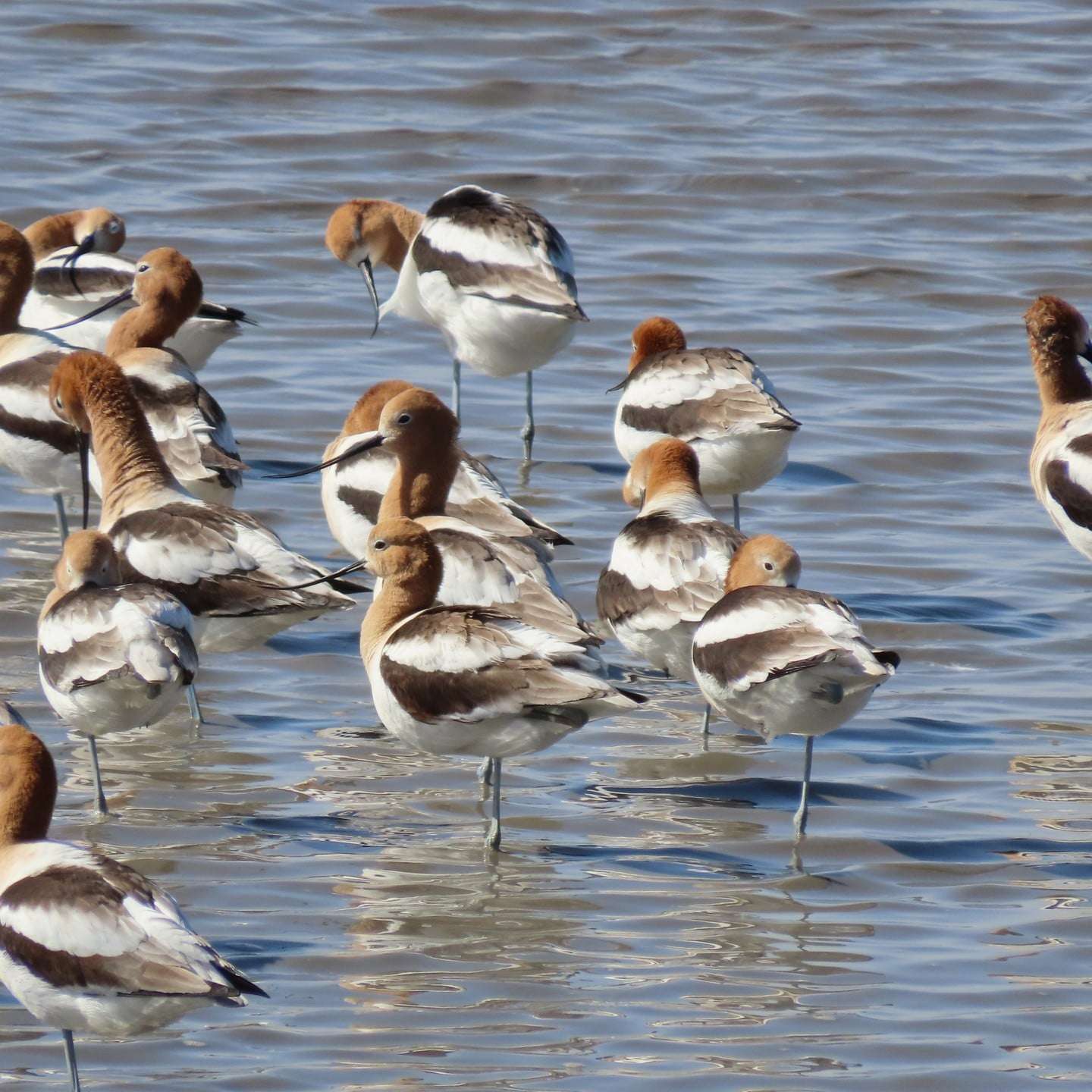
By COLE REIF
Great Bend Post
The Kansas Wetlands Education Center Director Curtis Wolf has described the spring migration at Cheyenne Bottoms this year as phenomenal.
Robert Penner, the Nature Conservancy Manager at Cheyenne Bottoms, estimated 400,000 shorebirds this spring during a survey.
The large number of birds that have stopped at the wetlands has occurred despite low water conditions. Wolf said the lack of water has provided near-perfect conditions for shorebirds that don’t need deep water.
"Timing wise...if we can get two or three more
weeks, the migration will be pretty much on the downswing," said Wolf.
"At that point, the low water won't have a huge effect on this year's
migration. Hopefully, we get rain for the return trip in the fall."
The majority of the pools at Cheyenne Bottoms are dry, with most of the
water in the middle, which is typically a storage pool. Wolf said he hasn’t
seen the wetlands this dry since the summers of 2012 and 2013, and he explained
the importance of Cheyenne Bottoms as a resource for the birds to refuel.
"The purpose of the birds stopping here is for them to eat a ton and put
on fat reserves so they can make it to their next destination," said
Wolf. "If we're dry, there's nothing for them here so they won't stop.
That could be to their detriment."
In 2012 and 2013 when Cheyenne Bottoms was dry, more shorebirds used Wilson
Lake and Kanopolis Lake as a stopping point in their spring migration.
"The birds would have to find the next place," added Wolf. "If there isn't a next place for another 1,000 miles, that's not good for their physiology."






